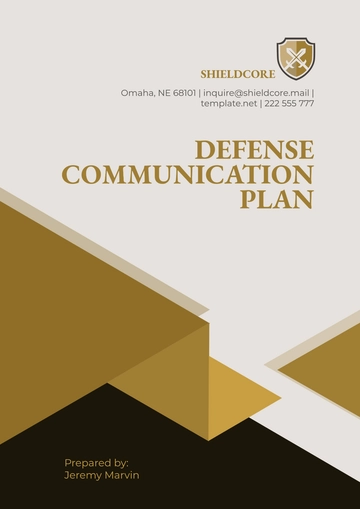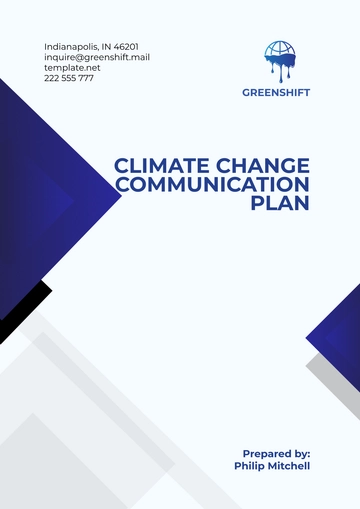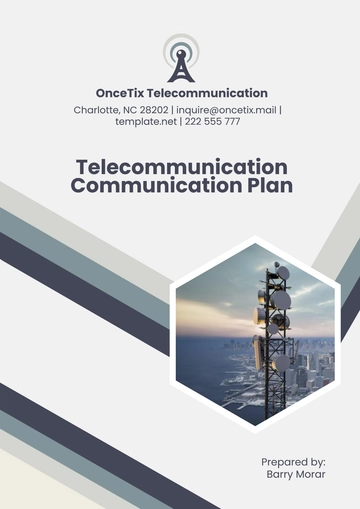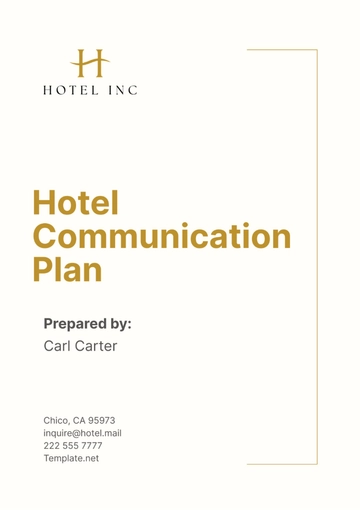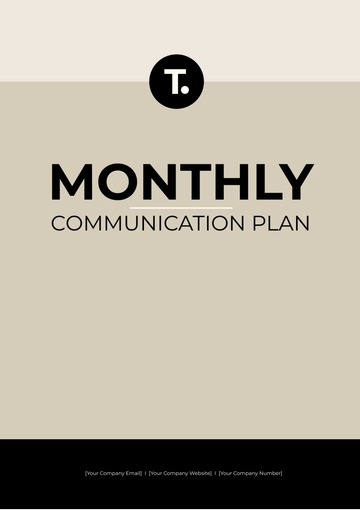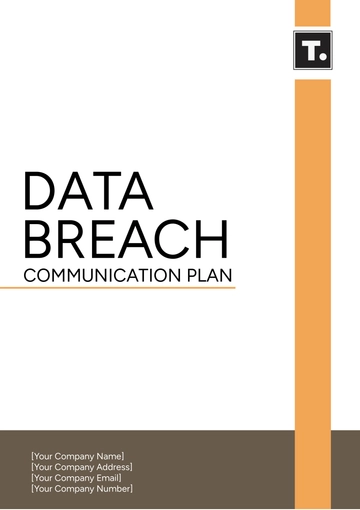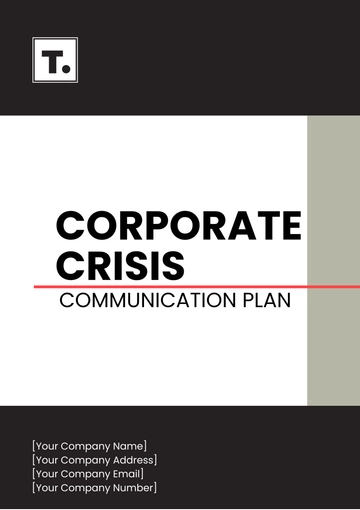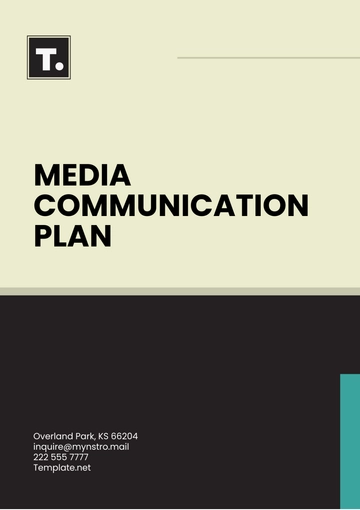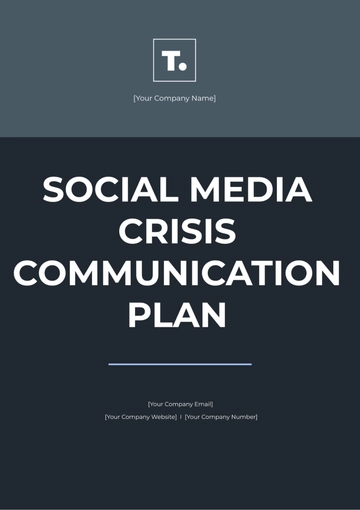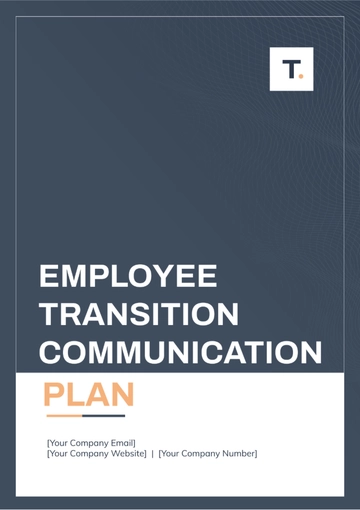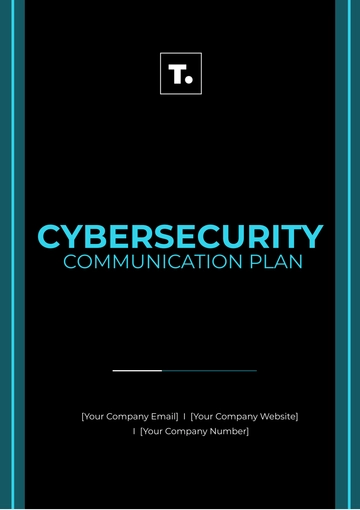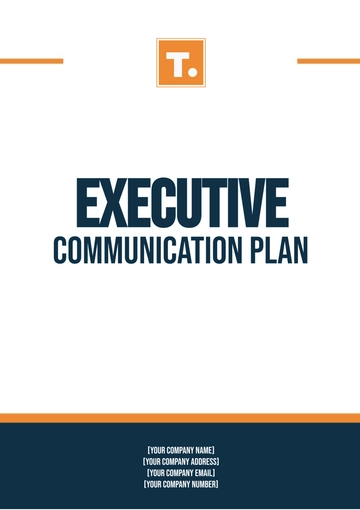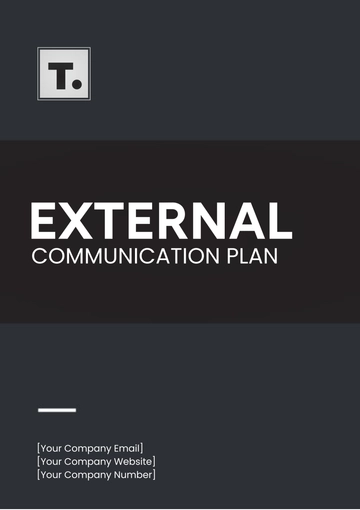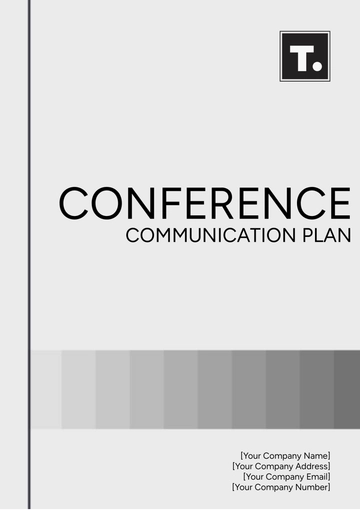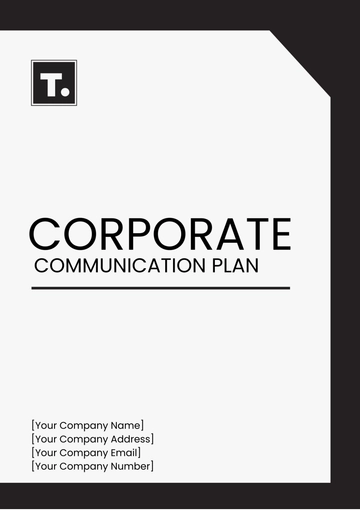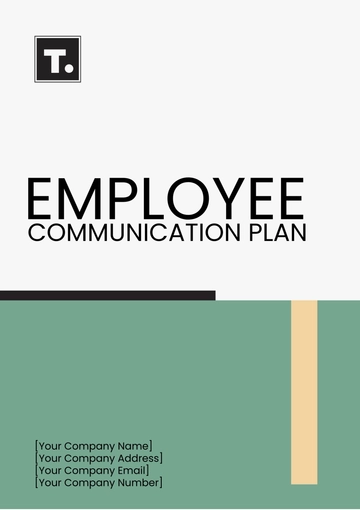Free Workplace Incident Communication Plan
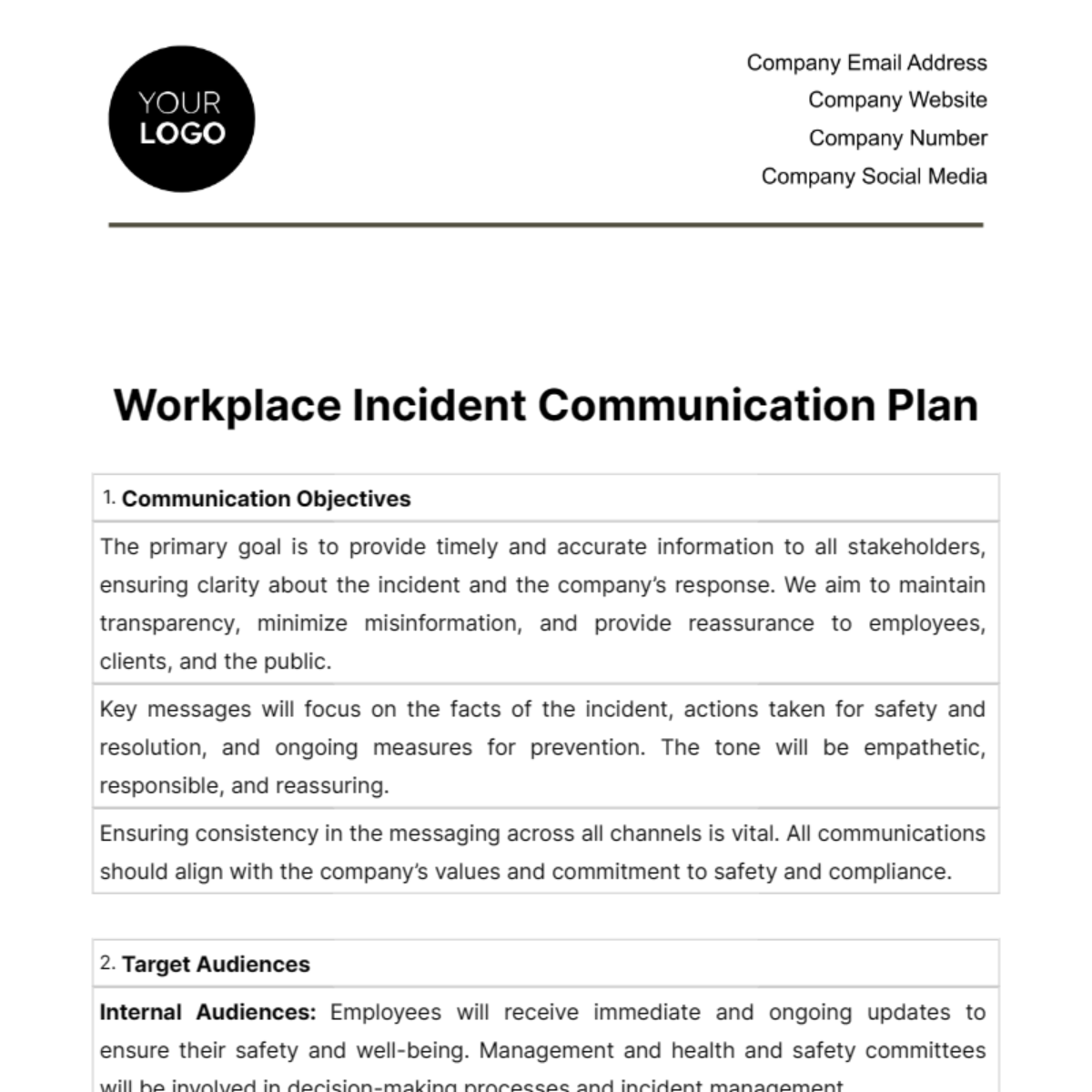
|
The primary goal is to provide timely and accurate information to all stakeholders, ensuring clarity about the incident and the company’s response. We aim to maintain transparency, minimize misinformation, and provide reassurance to employees, clients, and the public. |
Key messages will focus on the facts of the incident, actions taken for safety and resolution, and ongoing measures for prevention. The tone will be empathetic, responsible, and reassuring. |
Ensuring consistency in the messaging across all channels is vital. All communications should align with the company’s values and commitment to safety and compliance. |
|
Internal Audiences: Employees will receive immediate and ongoing updates to ensure their safety and well-being. Management and health and safety committees will be involved in decision-making processes and incident management. |
External Audiences: Emergency services will be contacted as needed for immediate response. The media and public will receive controlled and accurate information to manage public perception. Clients and regulatory bodies will be informed as per contractual and legal obligations. |
Communication needs and preferences for each audience group are identified. Employees prefer direct communication through internal channels, while media and public information will be managed through press releases and social media updates. |
|
Internal communication will primarily utilize emails, the company intranet, and emergency alert systems. External communication may involve press releases, official statements on the company website, and social media updates. |
Emails and intranet announcements are suitable for detailed internal communication, while press releases and social media are effective for broad, public-facing messages. Backup methods include offline notices and public address systems in case of technological failures. |
Regular updates will be scheduled, and a dedicated section on the company website will be established for ongoing incident information and updates. |
|
A designated spokesperson, typically a senior executive, will handle external communications, including media interactions. The internal communication coordinator will manage employee communications. |
The spokesperson is responsible for maintaining a consistent message, addressing media inquiries, and representing the company publicly. The internal communication coordinator ensures employees are informed and that their concerns are addressed. |
A chain of command will be established for approving all public statements and key communications. This chain ensures that all information released is accurate, consistent, and aligned with the company's policies. |
|
In the event of an emergency, immediate alerts will be sent via the company's emergency alert system. Initial statements will be brief, focusing on confirming the incident and immediate actions taken. |
The communication team will provide ongoing updates as more information becomes available and the situation evolves. This includes updates on the resolution of the incident, ongoing investigations, and any changes to operations. |
Post-incident, the focus will shift to debriefing, analyzing the company’s response, and communicating any long-term changes or improvements. This phase includes reflective communication with employees and stakeholders about lessons learned and future prevention strategies. |
Prepared by:
[Your Name]
[Your Job Title]
[Your Company Name]
[Your Company Website]
- 100% Customizable, free editor
- Access 1 Million+ Templates, photo’s & graphics
- Download or share as a template
- Click and replace photos, graphics, text, backgrounds
- Resize, crop, AI write & more
- Access advanced editor
Facilitate effective communication amidst crises with Template.net’s Workplace Incident Communication Plan Template. This plan guarantees the swift and transparent dissemination of information during incidents. Imperative for PR and safety experts, it upholds order and transparency. Secure this communication plan for seamless management of information flow during workplace incidents, ensuring consistent and composed communication across all stakeholders.

